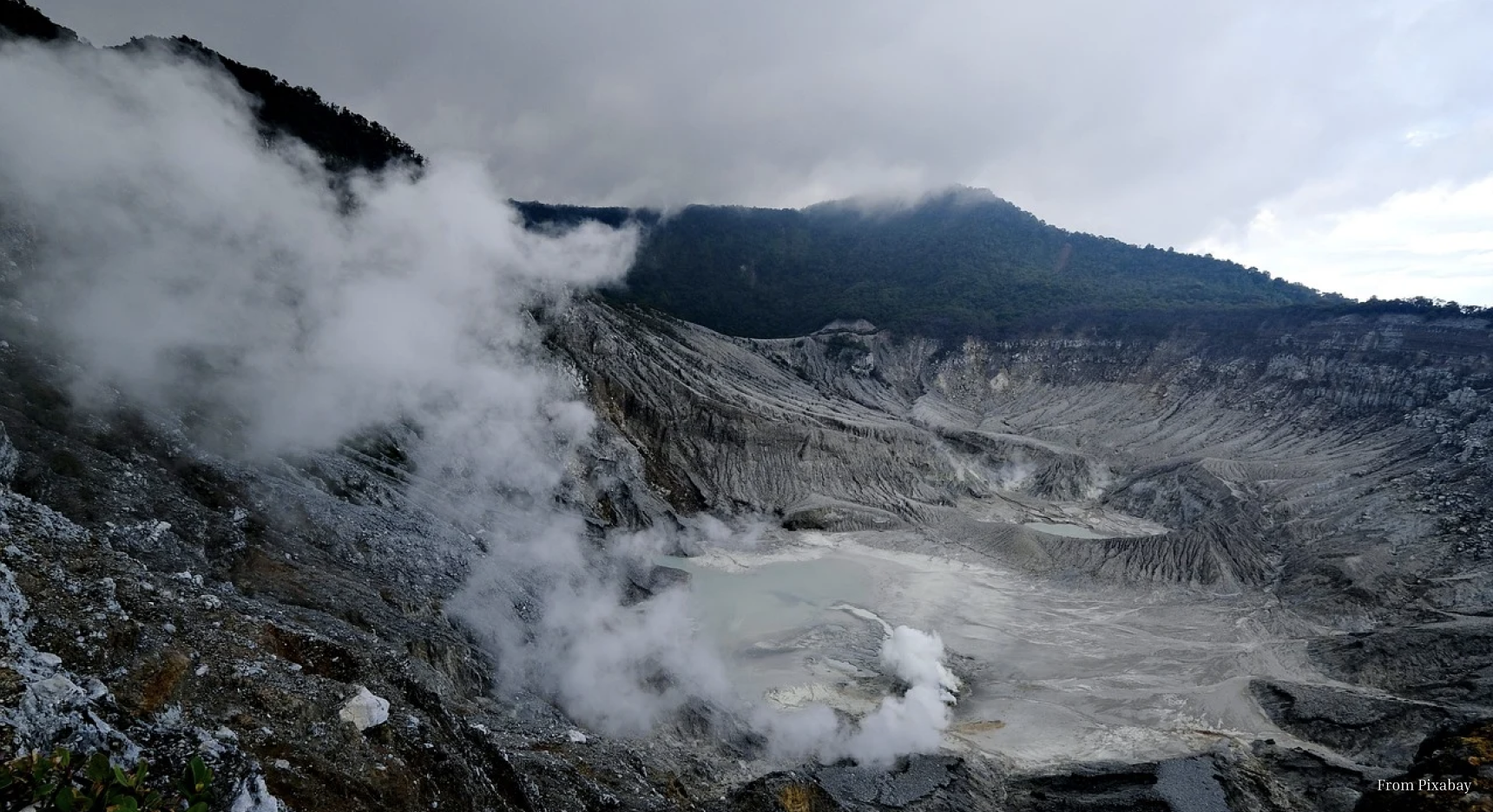
Located in the South Atlantic Ocean, Tristan da Cunha is the most isolated inhabited island on the planet. This British Overseas Territory lies approximately 2,000 kilometers (1,200 miles) from the nearest inhabited land, Saint Helena, and over 2,400 kilometers (1,500 miles) from the nearest continental land, South Africa. Tristan da Cunha was first discovered by Portuguese explorer Tristão da Cunha in 1506, but it wasn't permanently settled until 1810. Despite its extreme isolation, the island has managed to maintain a small, resilient population of around 250 people. Most of the inhabitants are descendants of the original settlers, who came from a mix of British and Italian ancestry.
The islanders lead a simple, self-sustained lifestyle, relying on agriculture, fishing, and limited tourism for their livelihood. Sheep farming is a significant source of income, and lobsters are a major export, but the isolation makes trade challenging, with supply ships arriving only once or twice a year. There are no airports, so the only way to reach the island is by a long sea voyage, taking about a week from South Africa. The rugged volcanic landscape and unpredictable weather make life on Tristan da Cunha even more challenging. However, the island is also home to unique wildlife, such as albatrosses and seals, which thrive in its isolated environment. The island's volcano last erupted in 1961, forcing the entire population to evacuate temporarily to the UK. The residents eventually returned, underscoring their deep connection to this remote island.